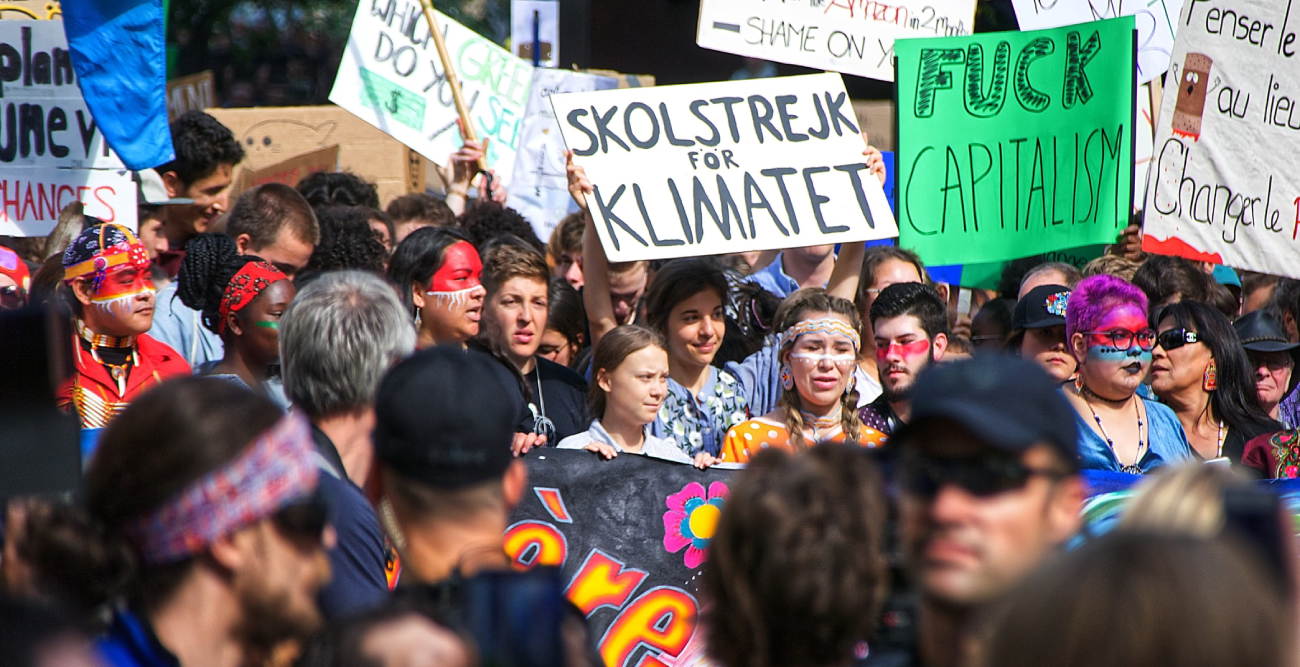The Greta Thunberg effect on supply chain transparency is real

Supply chain transparency is a relatively new concept, yet today is the subject of considerable focus for politicians and companies alike. In part a response to Swedish teenager Greta Thunberg’s outspoken stance on climate action, many have begun to acknowledge the need to increase supply chain transparency.
Supply chain transparency requires companies to know what is happening throughout the supply chain – from farm to fork, if you will – and to communicate this knowledge both internally and externally. One reason the process has become increasingly important is that more consumers are demanding it.
What does supply chain transparency mean?
Supply chains were not designed to be transparent. Reasons for this include the need to protect competitive advantages and avoid criticism. There has also been a severe lack of information, as monitoring and improving supply chain sustainability has traditionally been time-consuming and prohibitively costly.
As such, supply chain transparency has historically been absent from the conversation about the products we consume and their impact on the environment. However, scandals widely reported in the news have turned public attention towards supply chains.
Stories about falsely labelled food products to dangerous working conditions and even forms of modern slavery have highlighted the need to increase supply-chain transparency and traceability, so that every part of the chain is properly reported and kept in check.
If you would dive into how your business can work with multi-tier supply chain sustainability, watch our On-Demand Webinar: How to ensure transparency and sustainability in multi-tier supply chains.
From CSR to supply chain transparency
Since the 1970s, Corporate Social Responsibility (CSR) has been the business world’s attempt to offset the negative impact they had on the planet or society and appear, well, less corporate. The term ‘corporate’ had attracted negative connotations and companies tried hard to satisfy their customers without looking greedy or uncaring.
Fast forward to today and companies are increasingly evaluated not only on the impact of the products and services they deliver, but also on the ways in which their products and services are used – and even what happens to them afterwards. Companies are evaluated beyond tier-one suppliers and partners, to take into account the entire supply chain, right down to raw materials used to make their products and services and the production sites.
Who’s driving the demand of supply chain transparency?
The ones driving the demand of supply chain transparency are the consumers behavior. Much investigation into buying habits of today’s consumers – especially millennials (those born in the mid-1990s to early 2000s) – has shown that authenticity and traceability are high on their list of demands of the companies they choose to buy their products and services from. Greta Thunberg may be the name and face of who's driving the question on sustainability amongst youngsters, but it's their collective behavior that is driving the change on the market.
Writing in Harvard Business Review, Massachusetts Institute of Technology’s Alexis Bateman shared that MIT research suggests consumers may be willing to pay 2% to 10% more for products from companies that provide greater supply chain transparency. T
Early adopters of supply chain transparency
There are different stages of supply chain transparency. Most companies have adequate control over their operations and possibly their tier-one suppliers, but do little more to investigate further.
Few in number, but already reaping the benefits, are the early adopters and innovators. These are the companies that are taking sustainability to heart and rethinking their business models to allow consumers to understand where, how and when their products were created and, increasingly, by whom.
Examples of early adopters and innovators can be found in the food industry, where consumers are informed about the origin of the products they buy, and also in the clothing sector: Fashion Revolution is a not-for-profit global movement with teams in over 100 countries around the world. Its campaign, Who Made My Clothes?, calls for systemic reform of the fashion industry with a focus on the need for greater transparency in the fashion supply chain.
Whatever the reason is for the on-going increased focus on supply chains – whether it is the “the Greta effect” or a much larger tendency – one thing is clear: transparency is no longer optional, like CSR reports once were. There’s much to do in this area and a lot of benefits to be enjoyed along the way.
Receive supply chain transparency
As part of Worldfavor’s mission to help our 30,000+ customers stay relevant in the 21st century, we put together a webinar to discuss supply chain transparency – what it is and how can you deliver it as a company. The webinar was presented by our enterprise specialist Johan Löfquist, who guides companies in digitally transforming how they manage, report and share their sustainability data internally or throughout the value chain.
To know more about how your business can ensure transparency and sustainability in multi-tier supply chains, watch our On-Demand Webinar: How to ensure transparency and sustainability in multi-tier supply chains.
Related blog posts you might like:
- Level Up with Multi-Tier Supply Chain Sustainability
- Why SMEs should be reporting on the Sustainable Development Goals
- 5 Tips for Boosting Supply Chain Transparency





%20as%20the%20deadline%20approaches.%20Learn%20about%20compliance%20requirements%2c%20potential%20delays%2c%20and%20key%20updates..png)

